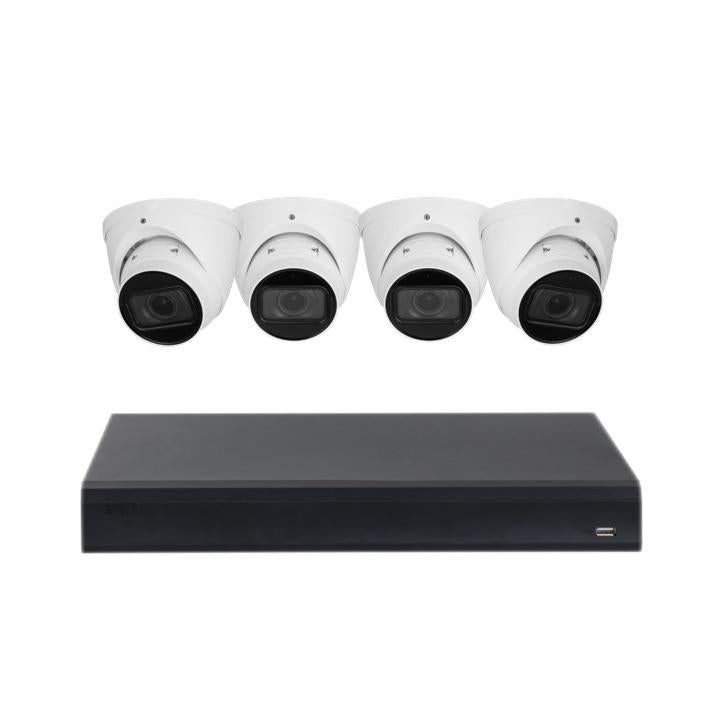Hello all,
This site is a gold mine of information. Thanks for having me here.
I'm a first time home owner. I'm coming from SimpliSafe outdoor wireless cameras that were absolute garbage. What I want to achieve is:
edit: added some items to list of things I'm not clear on and things I want to achieve.
This site is a gold mine of information. Thanks for having me here.
I'm a first time home owner. I'm coming from SimpliSafe outdoor wireless cameras that were absolute garbage. What I want to achieve is:
- 5 camera PoE system with a budget of roughly $300/camera.
- Ability to view cameras and receive alerts via phone.
- Great low-light capability.
- Great human detection/vehicle detection with a low amount of false alarms. The ability to set up trip wires is also important to me. Crisp/clear video is important. Just not as important as low light and AI features. I want to make sure nobody is on my property at night.
- "Plug and play" PoE NVR. I'm not interested in building/configuring my own Blue Iris system just yet. Budget of $500.
- Blue Iris is incredible. I'm just not ready to dive that deep yet.
- All roads seem to lead to Dahua and Hikvision.
- Most of the internet is saying to buy from EmpireTech.
- Sensor size is often overlooked by newbies and can be much more important than Megapixels.
- If my goal is great night vision I should probably be going with the EmpireTech IPC-Color4K-T 8MP 1/1.2" cameras. I can probably use the T180 1/1.8" models for areas that need more coverage.
- Does EmpireTech's cameras and NVRs have all of the same SMD technology and AI detection functions as other sellers of Dahua tech? I ask because I might be willing to spend more if I'm missing out on big features.
- It looks like you can buy cameras directly from Dahua dealers. Is there any reason why I would want to do that instead of buying from EmpireTech?
- I see on Dahua's website that they have an application called DSS Pro. Will that work with EmpireTech cameras? is there any reason why I would even want/need that?
- This is a big one for me. I think I'm fundamentally misunderstanding SMD technology and what hardware supports it or is required for it to work properly. The cameras I mentioned above boast SMD 3.0 and 4.0, yet all of EmpireTech's NVRs only mention SMD+. However, I notice the same thing on other websites selling Dahua equipment. Even some companies selling 5-series and 6-series NVRs have nothing about SMD 3.0/4.0 in their NVR specs, it only says SMD+. Does an NVR have to mention SMD 3.0/4.0 or does that technology live on the camera's hardware?
- What is the difference between lite/pro/wiz NVRs from EmpireTech?
edit: added some items to list of things I'm not clear on and things I want to achieve.
Last edited:


